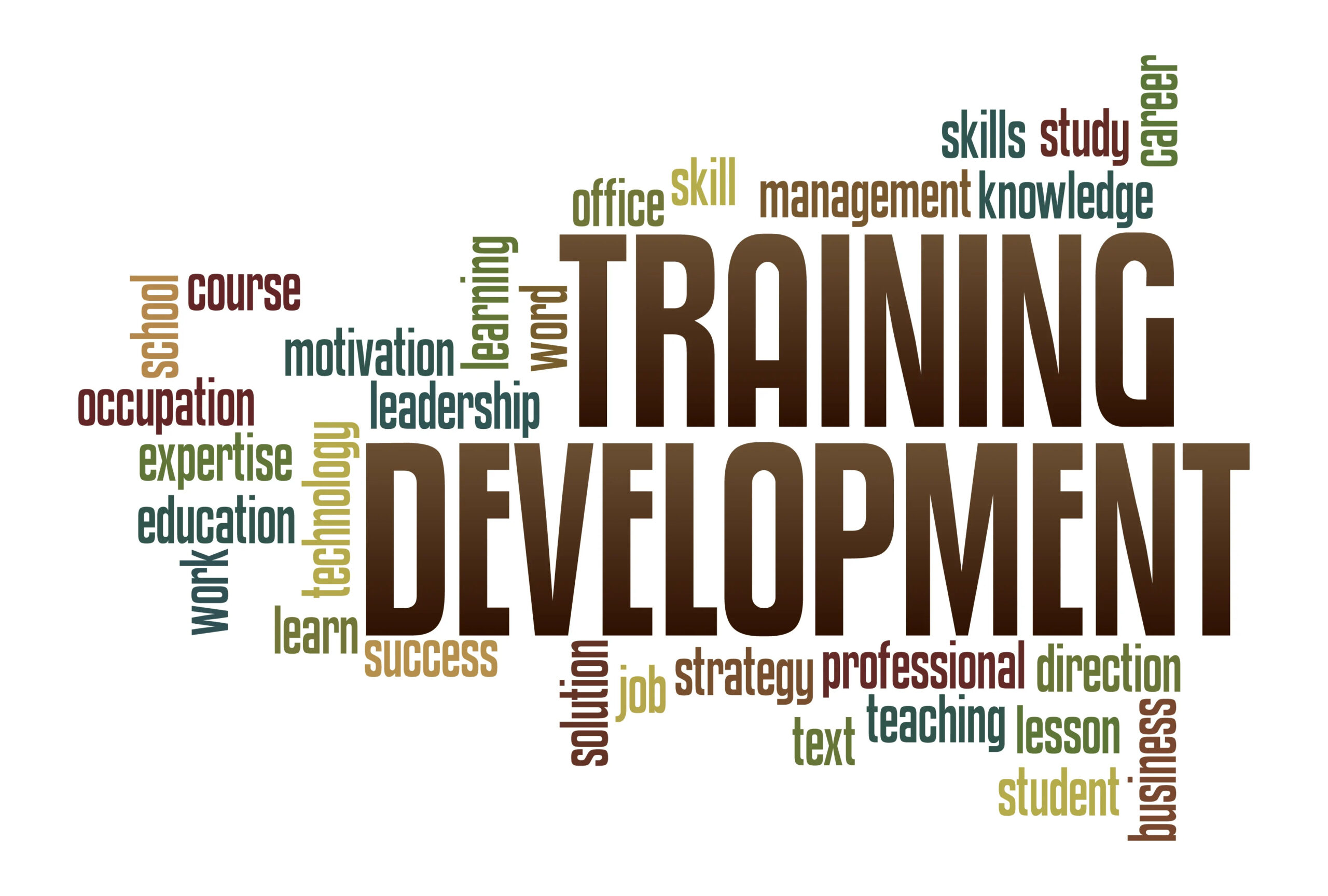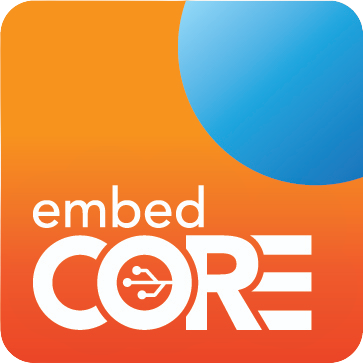EmbedCore
Creating A Professional Development Plan , For Future Success.

Creating a professional development plan, investing in your future
Investing in your professional development is a critical step in achieving success in your career. Just as financial investments yield substantial returns, dedicating time and effort to your own growth and learning can open doors to new opportunities, improve your skills, and advance your career. A well-designed professional development plan serves as a roadmap to guide your journey and maximize your potential. We’ll explore the key steps to creating a comprehensive professional development plan that will help you invest in your future.
Assess your current skills and knowledge
The first step in creating a professional development plan is to make an honest assessment of your current skills, knowledge, and strengths. Identify the areas where you excel and the areas where you need to improve. This self-reflection will give you a clear starting point for your development plan and help you set specific goals.
Set clear and achievable goals
Once you’ve identified areas for improvement, it’s important to set clear and achievable goals. Your goals should be specific, measurable, achievable, relevant, and timely (SMART goals).
For example, if you want to improve your leadership skills, a SMART goal might be: “In the next six months attend a leadership training course and apply the newly acquired skills in at least two team projects”.
Identify learning opportunities
After setting your goals, it’s time to identify learning opportunities that align with your goals. These opportunities may include attending conferences, workshops, webinars, enrolling in courses or online programs, joining professional associations, or seeking mentorship. Research various resources and evaluate their relevance, credibility, and potential to provide the knowledge and skills you need.
Seek support and guidance
Investing in your future is not a solitary endeavor. Seek support and guidance from mentors, supervisors, or industry professionals who can provide valuable insights and advice. Collaborate with them to refine your development plan, seek recommendations for resources, and get feedback on your progress. Building a network of supportive individuals can greatly enhance your professional growth.
Embrace lifelong learning
Professional development is an ongoing process that requires a commitment to lifelong learning. Embrace opportunities to expand your knowledge beyond your current area of expertise. Stay updated on industry trends, technology advancements, and emerging best practices. Continually seek new challenges and take calculated risks to push your boundaries and broaden your skill set.
Creating a professional development plan is a strategic investment in your future. By assessing your current skills, setting smart goals, identifying learning opportunities, seeking mentorship, and networking, you can chart a path to success. Remember, investing in your professional growth is an ongoing process. Stay motivated, adapt to change and embrace the journey of lifelong learning. Your dedication and commitment will pay off in your career.

How to Choose the Best Career Options for Your Future
Choosing the right career path is an important decision that can shape the course of your life. With so many options available, it’s important to approach this decision with careful consideration and strategic planning. In this blog post, we’ll take you through a step-by-step process to help you choose the best career option that matches your skills, passions, and long-term goals. By following these steps, you will gain clarity and confidence in making a well-informed career choice.
Reflect on your interests and passions
Start by exploring your interests and passions. Consider activities that bring you joy and satisfaction. Think about your hobbies, subjects that pique your curiosity, and experiences that have had a lasting impact on you. Understanding your true interests can help you identify career paths that match your passions. When you pursue a career you’re truly passionate about, you’ll be more motivated, engaged, and fulfilled in your work.
Assess Your Skills and Strengths
Take an inventory of your skills and strengths. Identify the areas you excel in and the skills that come naturally to you. Consider your hard skills, such as technical skills, and your soft skills, such as communication or problem-solving skills. Identifying your skills will enable you to find career options that will allow you to utilize and further develop these skills. By aligning your strengths with your chosen career, you increase your chances of achieving success and job satisfaction.
Research Different Career Options
Once you have a clear idea of your interests and strengths, start researching various career options that match them. Explore different industries, roles and professions. Look for job descriptions, required qualifications, growth opportunities and working conditions. Consider the potential challenges and rewards associated with each career option. Gather information from reputable sources such as career websites, industry reports, and professional networks. This research will give you insights into the possibilities you can pursue.
Seek Guidance and Gain Practical Experience
Don’t hesitate to seek guidance from professionals who are already working in your desired fields. Connect with mentors, career counselors, or individuals with direct experience in those industries. They can offer valuable advice, share their insights into the day-to-day realities of different careers, and help you make informed decisions. Also, consider gaining practical experience through internships, part-time jobs or volunteering. This hands-on experience allows you to test the waters and gain a deeper understanding of the demands and rewards of a particular career. Practical experience is a great way to validate your career choice and build a network of professionals in your field of interest.
Evaluate the information and insights you have gathered. Consider your interests, strengths, market demand, future prospects, educational requirements, and real-world experience. Trust your intuition and choose the career option that aligns with your values, passions, and long-term goals.
Choosing the best career option requires a combination of self-reflection, research, skill development, practical experience and careful assessment. By understanding your passions, exploring different career options, and developing the necessary skills, you can make an informed decision about a career path that fits your unique aspirations and strengths. Remember, choosing a career is not a linear path, and it’s okay to make adjustments along the way. Embrace the journey, be open to new opportunities, and continually invest in your personal and professional growth to thrive in your chosen career.

Tips for Selecting the Perfect Training Center
In today’s rapidly evolving professional landscape, continuous learning and upskilling are critical to career growth and success. Choosing the right training center is a fundamental step in acquiring new skills and knowledge. With so many options available, it can be challenging to identify the best training center that fits your needs and provides high-quality education. We will explore the key factors to consider when choosing the best training center for your study journey.
Define your goals and learning objectives
Before starting your search for a training center, take the time to define your goals and learning objectives. Determine the specific skills or knowledge you want to acquire and how they relate to your career aspirations. This clarity will help you narrow down your options and select a training center that offers relevant programs.
Research Training Centers and Programs
Do thorough research to identify reputable training centers that offer programs in your area of interest. Explore their websites, read reviews, and seek recommendations from trusted sources. Focus on the center’s expertise, faculty qualifications, curriculum and teaching methods. Ensure that the training center has a track record of delivering high quality training and good learning outcomes.
Assess Accreditation and Certification
Accreditation and certifications are indicators of a training center’s credibility and quality standards. Look for training centers with affiliations with recognized educational institutions or industry associations. Accreditation ensures that the center meets specific educational standards and follows best practices, adding value to the training programs you undertake.
Rate the faculty and instructors
The expertise and qualifications of the faculty and instructors at the training center are critical to a quality learning experience. Research the trainers’ credentials, industry experience, and teaching background. Ensure that they have relevant industry knowledge and can effectively transfer their expertise to students. Also, consider their ability to engage and motivate learners, as this greatly affects the overall learning experience.
Review course content and delivery
Thoroughly review the course content and delivery methods offered by the training center. Assess whether the curriculum matches your learning goals and covers the required topics comprehensively. Evaluate training methods such as classroom lectures, hands-on exercises, case studies, or online modules to determine which approach best suits your learning style. Also, consider the availability of practical exercises, assessments, and real-world projects to ensure a well-rounded learning experience.
Consider flexibility and accessibility
Flexibility and accessibility are important considerations, especially for individuals with busy schedules or geographic limitations. Assess whether the training center offers flexible learning options, such as part-time or online courses, that can accommodate your commitments. Also, assess the center’s location, infrastructure and availability of support services to ensure a conducive learning environment.
Seek feedback and testimonials
Seek feedback from current and past students to gain insights into their experiences at the training center. Look for testimonials, reviews, or online forums where students discuss their impressions of training programs. Contact professionals in your network who have attended courses at the training center and inquire about their level of satisfaction and the value they gained from the training.
Consider the cost and return on investment
Cost should not be the only determining factor, it is essential to consider the financial aspects of training programs. Compare the costs of various training centers and evaluate them against the quality of education provided. Consider the potential return on investment in terms of career advancement opportunities and the practical skills you’ll gain.
Choosing the best training center is a critical step in your professional development journey. By defining your goals, researching training centers, evaluating accreditation, evaluating faculty, reviewing course content, considering flexibility, seeking feedback, and considering cost, you can make an informed decision.

Overcoming Challenges in Online Learning
In the era of digital transformation, online learning has emerged as a powerful tool for expanding educational opportunities beyond the confines of traditional classrooms.Although it offers unparalleled flexibility and accessibility, it is not without its share of challenges. Navigating the challenges and finding effective solutions is key to getting the most out of your online learning journey.We’ll explore some of the common obstacles online learners face and provide practical strategies to overcome them.
Technical Experiments.
The digital realm is not always a smooth journey. Technical glitches like poor connectivity, software glitches and hardware issues can throw you off course.
Solution:
Preparation is important: Before accessing your online courses, make sure your devices and software are updated and compatible. Check your internet speed and fix any connectivity issues.
Technical support: Know where to seek technical assistance. Many institutions have dedicated IT support for online students. Don’t hesitate to reach out if you encounter any problems.
Time Management.
Online learning requires strong time management skills. Balancing coursework with other commitments can be challenging.
Solution:
Make a schedule : Set specific times to study, attend virtual classes, and complete assignments. Stick to a routine to maintain consistency.
Prioritize tasks : Break down large tasks into smaller, manageable steps. Tackle high-priority tasks first to avoid last minute rushes.
Lack of social interaction.
Online learning can be isolating because it lacks the personal interactions of traditional classrooms.
Solution:
Engage in online discussions:Actively participate in discussion forums and virtual class sessions to interact with peers and instructors.
Join Study Groups: Form or join online study groups where you can collaborate, share insights, and discuss course materials.
Self Motivation.
Without the structure of a physical classroom, maintaining self-discipline and motivation can be tough.
Solution:
Determine the goal: Define clear objectives for each course and the overall learning experience. Break these goals into small, manageable tasks.
Reward System: Reward yourself for meeting milestones. Treat yourself to something pleasurable after completing a challenging assignment.
Home Distractions.
Creating a focused learning environment at home can be difficult because of distractions.
Solution:
Designate a study space: Dedicate a separate area for study, away from noise and distraction. Make it organized and conducive to learning.
Minimize distractions: Mute notifications, turn off unrelated apps, and let family members know about your study schedule.
Effective Communication.
Miscommunication can easily happen in online settings, leading to confusion about assignments or expectations.
Solution:
Ask for clarification: If something is unclear, don’t hesitate to ask your instructor or classmates for clarification.
Read carefully: Pay close attention to instructions and notices to avoid missing important details.
Evaluation and Feedback.
Receiving timely feedback and evaluation in an online setting can sometimes be challenging.
Solution:
Follow Up: If you do not receive feedback within a reasonable amount of time, politely follow up with your instructor.
self assessment: In the interim, critically review your work to identify areas for self-improvement.
In the rapidly evolving landscape of education, online learning has become an integral part of the learning experience. While this presents its own challenges, proactive strategies and a positive mindset can enable students to overcome these obstacles and thrive in their educational journey.Remember, every challenge is an opportunity for growth and learning, both academically and personally.

Overcoming Challenges in Online Learning
Educational equity, the concept of ensuring fair and equal access to quality education for all students regardless of their background or circumstances, has emerged as a critical issue in the field of education. Achieving educational equity is essential not only to the individual success of students, but also to the progress of society as a whole. We will explore various strategies that can be implemented to promote educational equity and address the inequalities that exist in education systems around the world.
Early childhood education.
Quality early education provides a strong foundation for children’s cognitive, social and emotional development. Quality early education provides a strong foundation for children’s cognitive, social and emotional development.By providing access to high quality preschool programs, especially for disadvantaged children, societies can reduce achievement gaps before they become entrenched.
Equal funding.
Equitable funding is critical to ensuring that all schools have the resources they need to provide high quality education. Many educational inequalities stem from funding discrepancies between schools in affluent and disadvantaged areas. To address this, policymakers should consider implementing funding formulas that allocate resources based on student needs, rather than relying heavily on property taxes.
A diverse and inclusive curriculum.
A curriculum that reflects students’ diverse experiences and cultures can foster individuality and engagement. Incorporating diverse perspectives into the curriculum helps students see themselves in the materials and promotes a more inclusive learning environment. Additionally, teaching culturally relevant content can reduce gaps in understanding and reduce biases.
Teacher training and recruitment.
Equipping teachers with culturally responsive teaching strategies and training them to recognize and address implicit biases is critical. Recruiting teachers from diverse backgrounds can help provide role models for students and create a more inclusive environment in classrooms.
Data collection and analysis.
Regularly collecting and analyzing data on student performance, attendance, and other relevant factors can help identify disparities and inform targeted interventions. Data driven decision making allows educators and policymakers to track progress and make necessary adjustments to ensure equity goals are met.
Educational equity is a multifaceted goal that requires a combination of strategies to address its complex challenges. Societies can work to give all students an equal chance to succeed by investing in early education, ensuring equitable funding, fostering inclusive curricula, supporting teachers, and engaging communities. Achieving educational equity is not only a moral imperative but also a strategic move that benefits individuals, communities and society as a whole.

Navigating the Future of Education
The world of education is undergoing profound transformation, driven by rapid technological advances, changing societal needs, and a shift to more learner-centered approaches. The future of education holds the promise of reinventing how we learn, teach, and interact with knowledge. As we peer into the horizon of this educational evolution, we discover trends and possibilities that are redefining the way knowledge is acquired and shared.
Personalized learning.
One of the most significant changes in education is the move toward personalized learning.. Educators are now leveraging technology to create customized learning experiences for each student.Adaptive learning platforms use data and analytics to understand individual strengths, weaknesses, and learning styles, allowing teachers to adjust content and pace.This approach fosters greater student engagement, motivation, and ultimately better learning outcomes.
Online Education.
The rise of online education has democratized learning by providing access to a global audience. With the advent of virtual classroom, students can overcome geographical limitations and connect with instructors and peers from around the world. Elearning platforms offer a wide variety of courses, from academic subjects to vocational training, increasing lifelong learning opportunities.However, the balance between the benefits of online education and the need for social interaction remains a challenge.
Competency based curriculum.
The future job market demands a shift in focus from memorization to practical skills. Educational institutions are reevaluating their curriculum to include critical thinking, problem solving, communication and collaboration skills. Project-based learning, internships, and real-world simulations are becoming an integral part of education, equipping students with the tools they need to thrive in an ever-evolving workforce.
Emerging technologies.
AI powered chatbots help students with questions, freeing up teachers’ time for more personalized interactions. VR and AR enable immersive learning environments, allowing students to explore historical events, and complex concepts in three dimensions.
Adapting to continuous change.
In the future, the acquisition of knowledge will not be limited to the early years of life. The rapid pace of technological advancement means that skills can quickly become obsolete. To address this, the future of education emphasizes lifelong learning. Individuals will continuously update their skills and knowledge through online courses, and workshops.This approach ensures that we remain adaptable in an ever changing work environment..
As we step into the future, the world of education continues to evolve to meet the needs of a changing society. Technology, personalized learning, global collaboration and soft skills development are at the core of this transformation.The future of education holds the promise of creating empowered and adaptable individuals ready to contribute to a globalized and rapidly evolving world.By embracing these changes and fostering a love of learning, we can navigate a new era of education and unlock the potential of generations to come.
